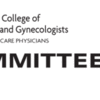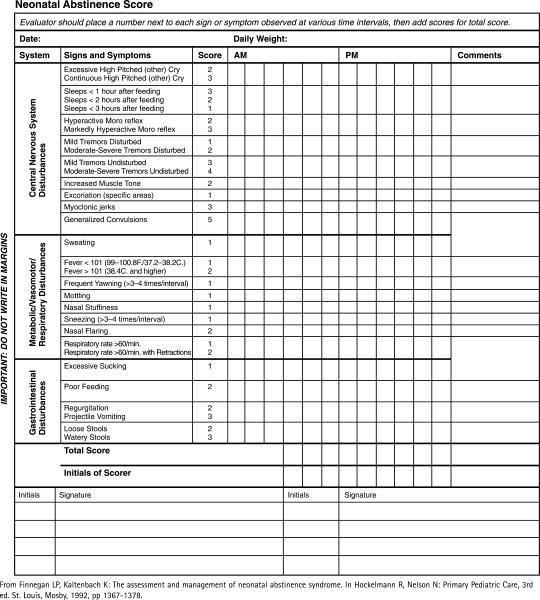As many health care professions are aware there is a growing epidemic in the United States of pregnant woman who are using drugs during their pregnancy. In rural areas of the United States, there may be no doctors to care for these mothers which can mean NO Prenatal Care.
I wondered what is happing with your OB-GYN's and what are the Policies to care for drug using mothers in your area. I would like ideas. Are you in a rural area? If so, are your obstetricians caring for these patients or are they sending them practice dismissal letters?
Are you an area being referred these patients from more rural areas and do you think with the epidemic, that the OBs in the rural areas should learn management skills and pediatricians (who are very capable of caring for NAS - Neonatal Abstinence Syndrome- babies) should dismiss these mothers from care or instead provide compassionate care.
I am interested in the opinions of hospital social workers, public health departments, OB-GYNs, Pedi's, FP's and anyone else involved in the care and management of these mothers.
I am also interested in thoughts concerning Substance Abuse Reporting during Pregnancy. States vary widely on their approach to this issue. I have the re-affirmed policy statements for these issues from ACOG and will put in a summation of the statements, below as we continue our Discussions.




